Too much grease can creep to the top of the railhead, compromising adhesion – not a good situation on a mountain grade that hosts 12,000-ton (often more) bulk-commodity trains on a daily basis. Too little, and rail on curves and wheel flanges wear prematurely, causing increased maintenance expenses or, worse, an accident.
Placement of rail lubricators is a science. Any rail curvature leads to friction, and therefore wear, between wheel flanges and the gauge face (inside face of the outer rail of curves) of the railhead. The tighter and more frequent the curvature, the greater the wear and the more quickly lubrication will burn off.
Likewise, steep grades also play a major factor in positioning lubricators. As brake shoes grab onto wheels to slow momentum, the friction heats the entirety of the steel wheels, meaning the flanges will quickly burn off lubricating grease and minimize the “carry-forward” (the ability of the wheels to pick up grease at the lubricator and carry it into a curve) further complicating placement.
The quest to find balance between what’s good for operations as well as track and rolling stock has spawned efficient and environmentally conscious applications.
The two competing methods of rail lubrication today are top-of-rail lubrication, which has become increasingly prevalent since the early 1990s and incorporates “friction modifiers,” and traditional flange greasers, which have been the standard for decades and cause grease to be applied to the gauge face.
The earliest mechanical flange greasers were hydraulic pumps actuated by a button located on the outside of the rail. As locomotives and cars rolled over the button, grease was pumped onto the flangeway.
Gary Wolf, president of TÜV Rail Sciences, says hydraulic pump lubricators are effective, but pose several problems: ever-increasing train weights and flat-spotted wheels result in frequent breakdowns; the amount of grease pumped onto the flanges is difficult to regulate; and if too much grease is applied, “fling-off” (excess grease literally flying off wheels) can create an environmental mess.
Top-of-rail lubrication has won over a number of railroads, and the technology behind it is impressive. A top-of-rail applicator can be easily identified by the applicator blades that are placed outside of the rail gauge and push a “friction modifier” onto the top of the railhead.
Kelsan Technologies Corp. is a front-runner in top-of-rail technologies, and Wolf noted the composition of its friction modifier is a closely-guarded secret but is a thin film that looks like a latex paint when sprayed on the rail.
Kelsan is more expensive than grease but it is easier to control, Wolf says. Too much grease causes adhesion and environmental issues, but friction modifiers keep adhesion high enough to avoid wheel slips.
Another problem with grease-based lubrication, Wolf says, is a phenomenon called “shelling” in which cracks form in the gauge corner: the top, inside corner of the railhead where the wheel flange exerts the greatest pressure on the rail.
“The steel starts cracking on the rail, and the grease acts like a hydraulic ram as the pressure of the wheel forces the grease into these cracks,” Wolf says. “The grease will actually propagate the cracks. Friction modifiers, because they have no pressure value like grease, won’t do this.”
Wolf cited a test on Union Pacific’s busy main line across California’s Tehachapi Mountains (also used by BNSF Railway via trackage rights) less than a decade ago. Due to excessive wear, UP changed the outside rail in areas of extreme curvature and grades every 10 to 12 months.
With the implementation of top-of-rail lubrication, UP extended rail life to as much as two to three years.
“If you can improve the life of an asset and avoid taking a main line out of service by a factor of three, you’re not only saving millions of dollars, but a lot of headaches for you and your customers,” Wolf says.
Kelsan and its competitors offer other technologies to deliver friction modifiers: locomotive-, car- and hi-rail truck-mounted units that spray the solution onto the rail and a solid stick that is mounted to the locomotive and applies the product directly to the flange as the wheel turns.
Each application has its place: The hi-rail truck version costs much less than a dozen trackside lubricators, but is effective only on low-volume lines. After the passage of a few trains, it’s time for another application. Locomotive-mounted lube sticks create another routine maintenance requirement for shop crews.
In the scope of safety and performance initiatives on today’s railroads, rail lubrication is likely one of the most overlooked among the casual observer, but research and development continues and is delivering more effective and environmentally friendly results.





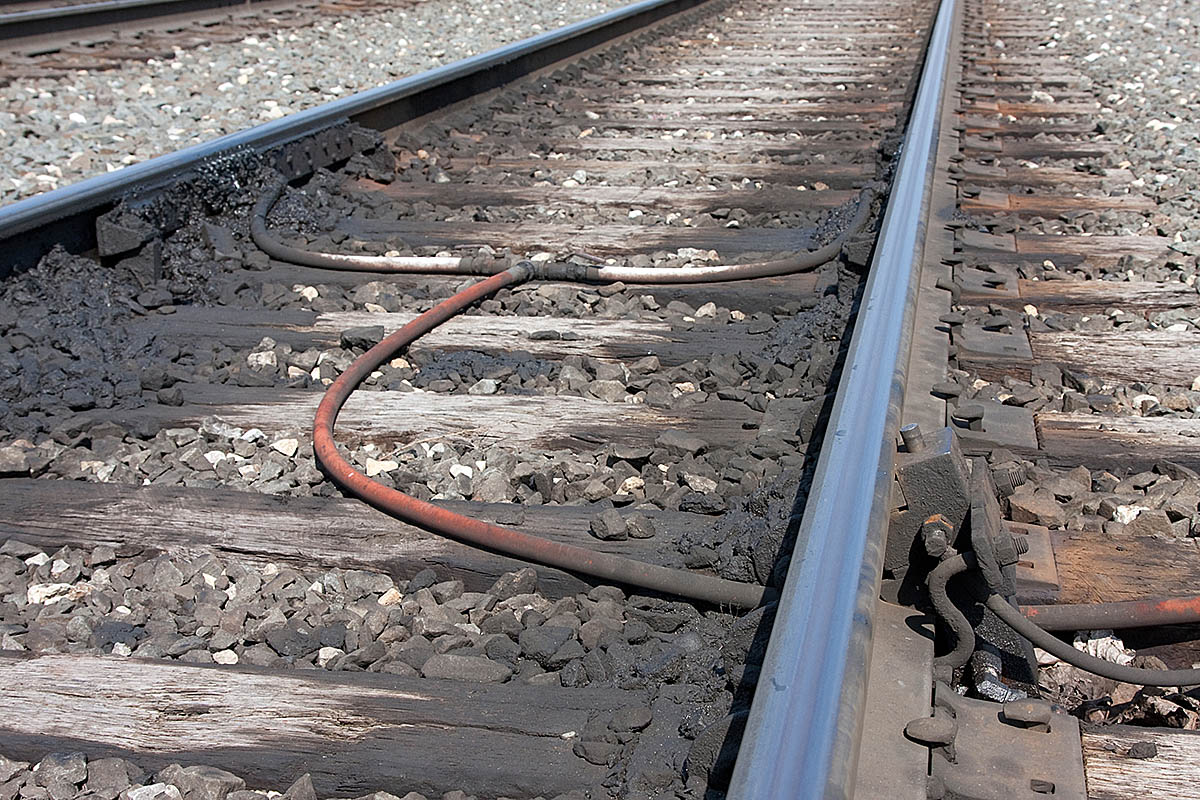
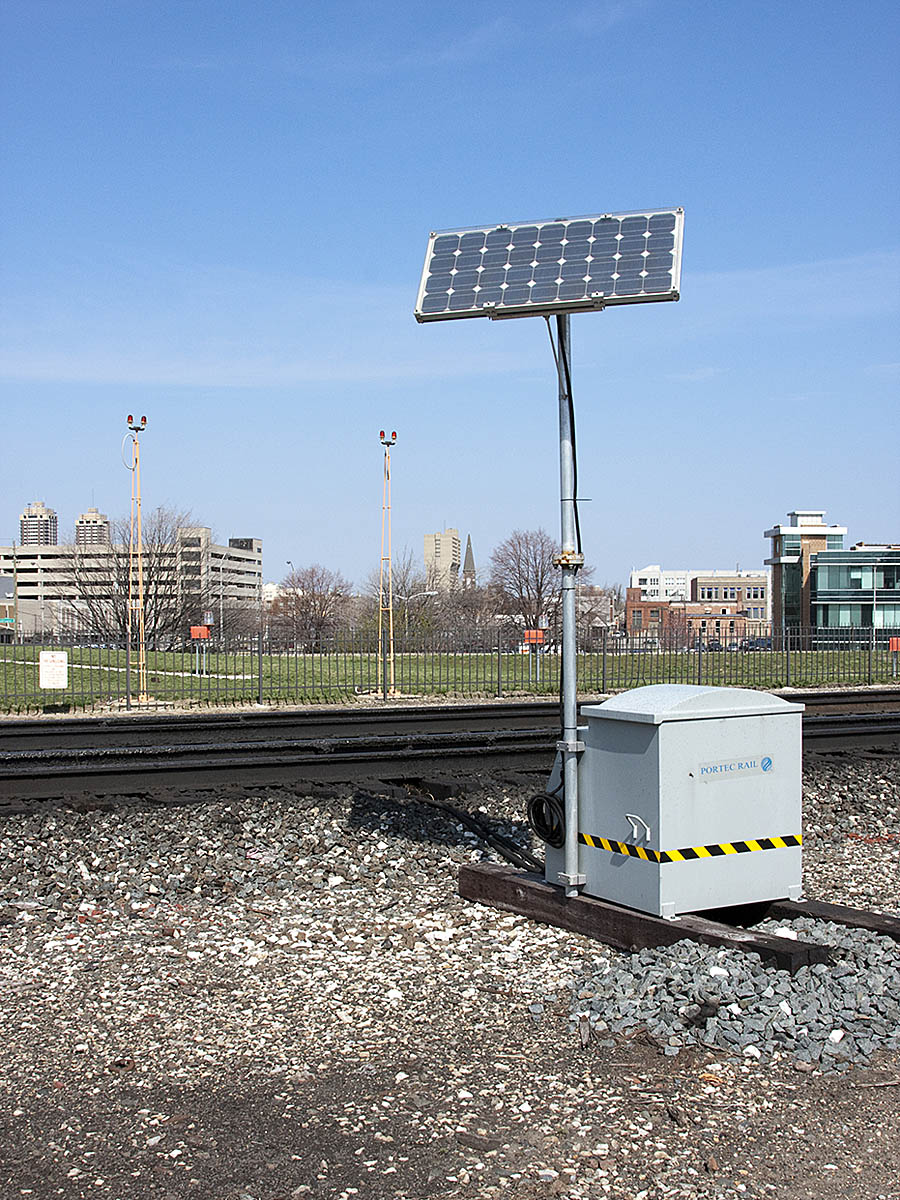

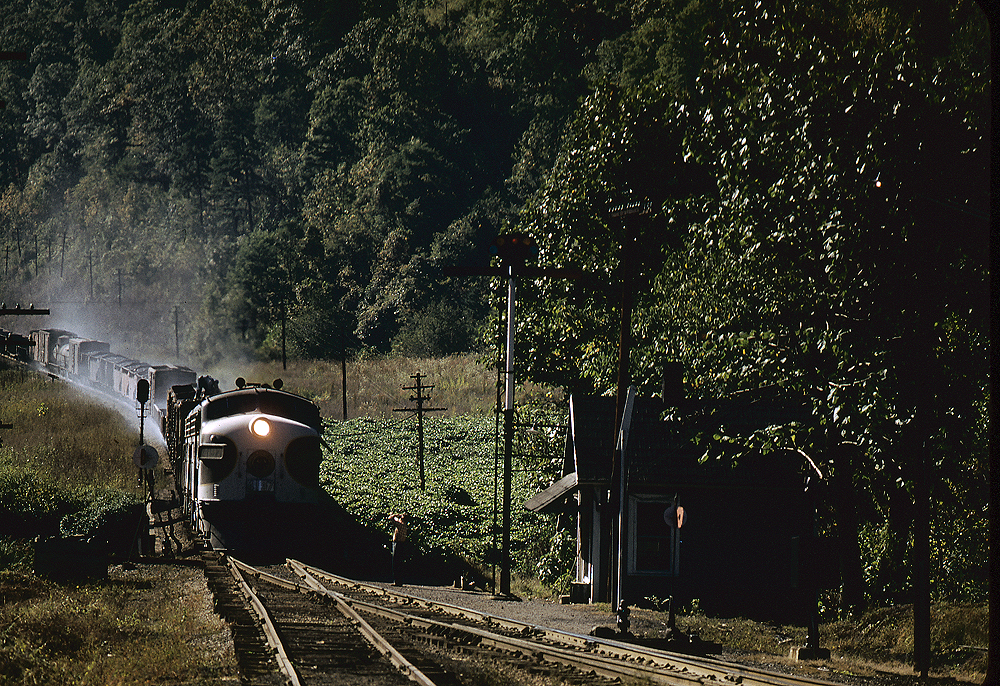
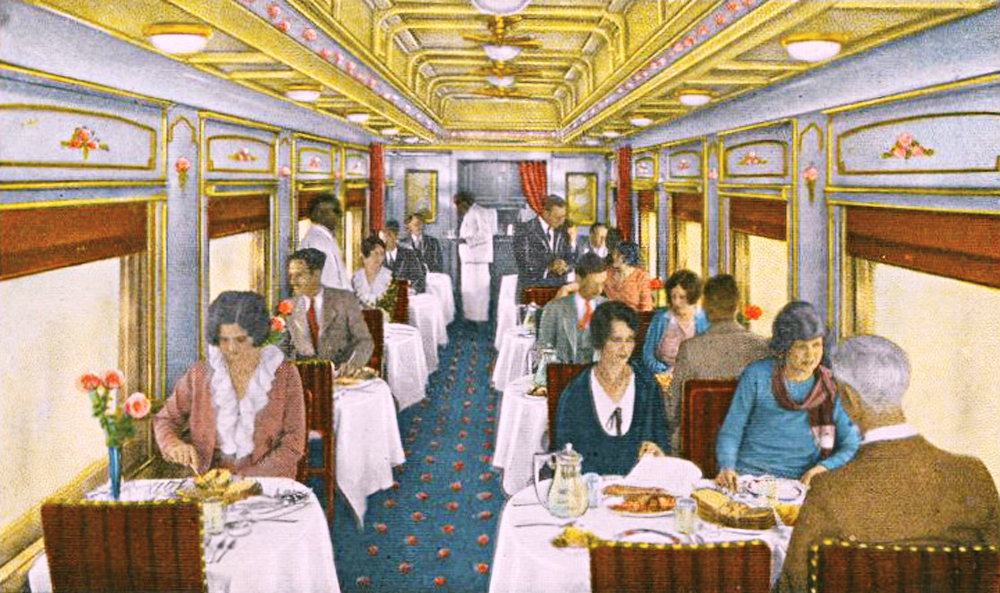
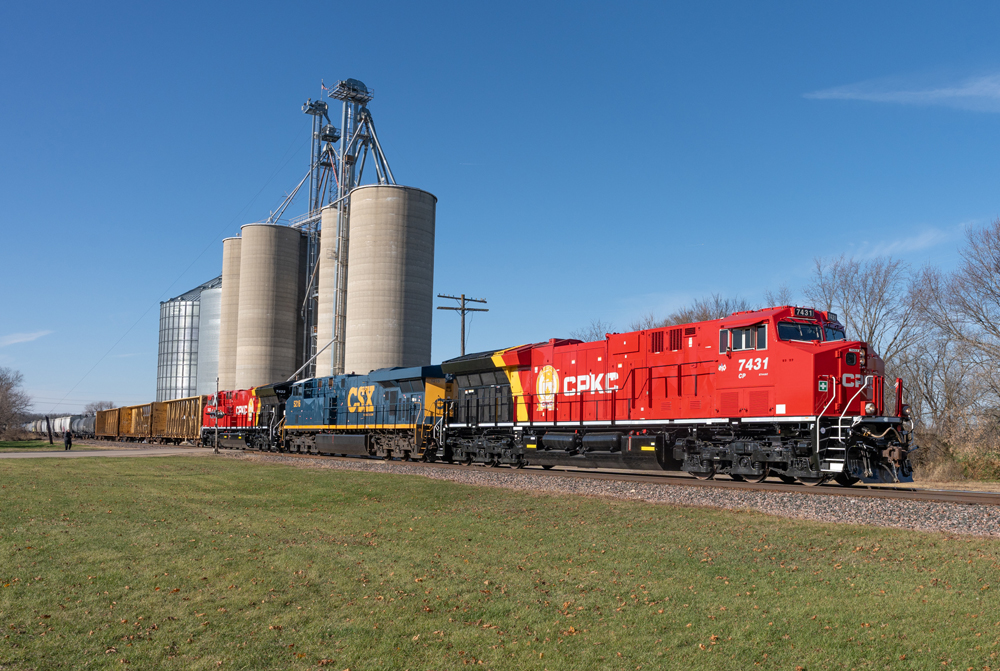
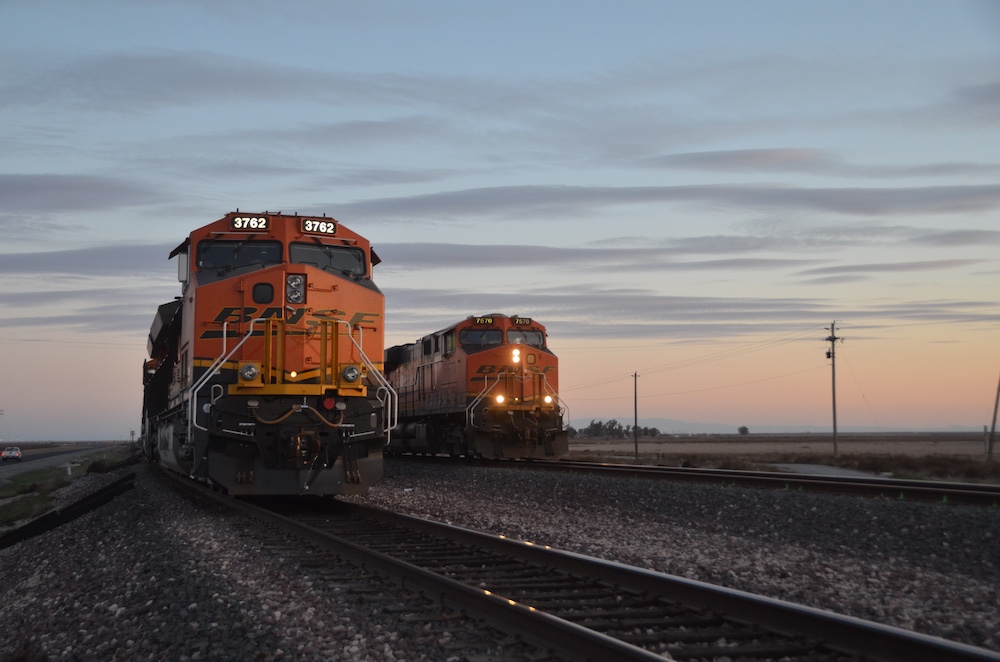




One thing I do not understand in the article. As far as I know wheel flanges are not supposed to touch the gauge face.That would lead to creeping up and subsequent derailment.
Maybe you mean the curved section between the flange and the actual rolling surface of the wheel?
Very interesting and informative article. On a rail line with many curves, lubricators at every one would be impossibly expensive. Does the railroad place a lubricator at every 10 curves or so, depending on the wheels to carry grease between the untreated curves? On a tangent line, what would be the distance between lubricators? Of course this would depend on the use of the line and what the railroad wants to invest in the mechanisms but some figures would be useful to know.
I think they should try water. A light rain will stop the shrieking on sharp curves – whether water could actually be used address wheel and rail wear is another question. The expense of applicators spaced close enough to keep the interface wet would partially offset any savings of cheaper applicators/lubricant.